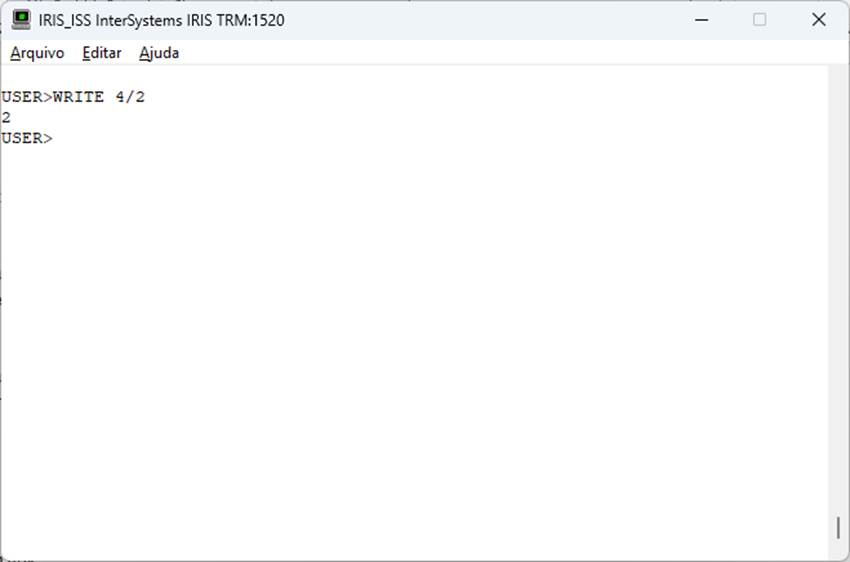Hello Community,
Great news for developers who have just started working with InterSystems IRIS! We have hands‑on interactive tutorials available via the Instruqt platform! These are perfect for getting up to speed quickly, playing in real environments, and building confidence with IRIS‑based development.
.png)
Here is the list of available tutorials:
- Full Stack Tutorial - Experience how IRIS supports full-stack system architecture.
- InterSystems Interoperability - Explore IRIS interoperability tools for connecting and integrating systems.
- IRIS for Health Interoperability - Learn to use IRIS for Health features in application integration with data from an EHR (Electronic Health Record).
- REST + Angular Application - Practice building applications with IRIS REST services.
- RAG using IRIS Vector Search - Discover IRIS Vector Search capabilities for AI-powered applications.


.png)


.png)
.png)



.png)